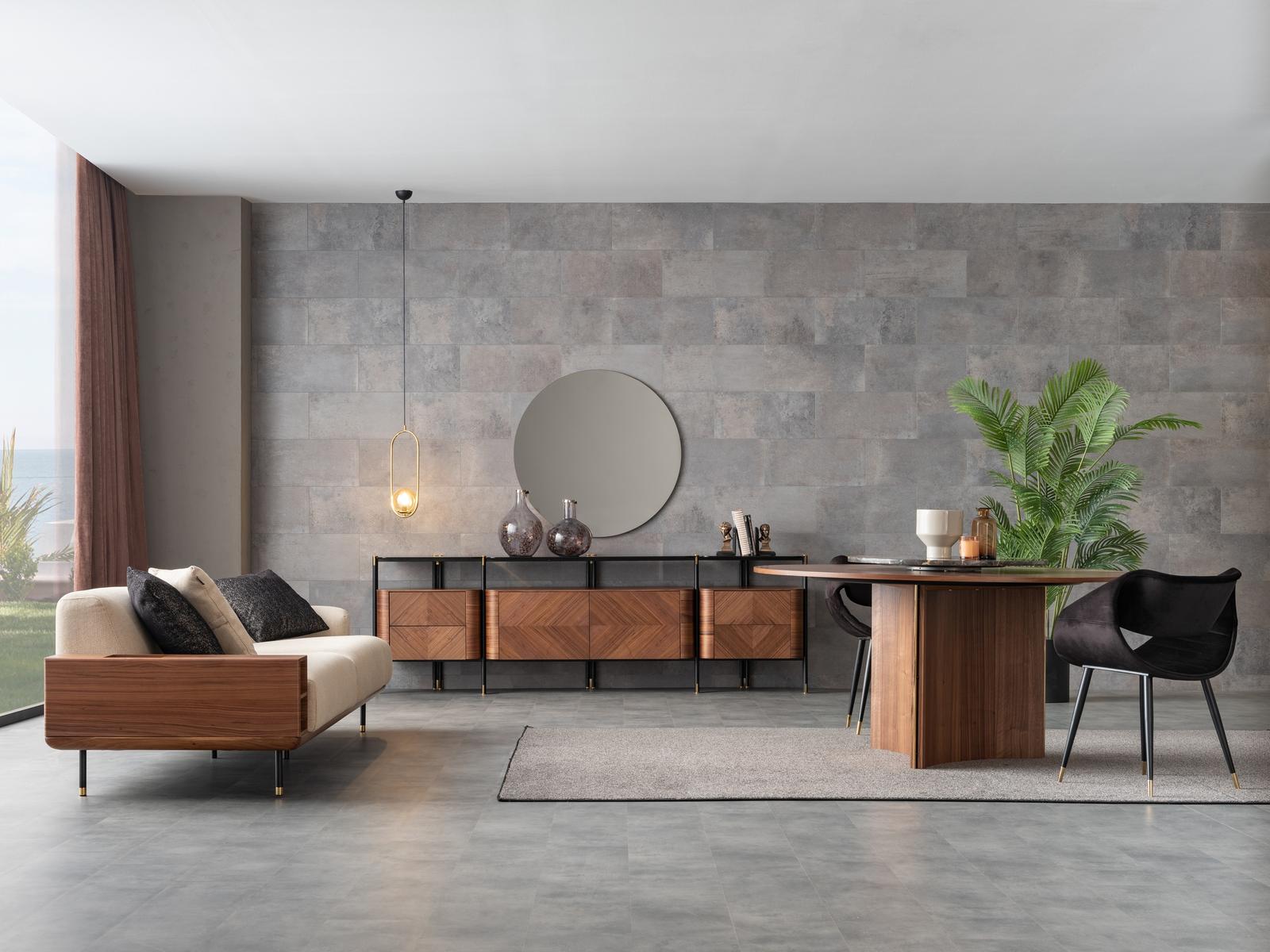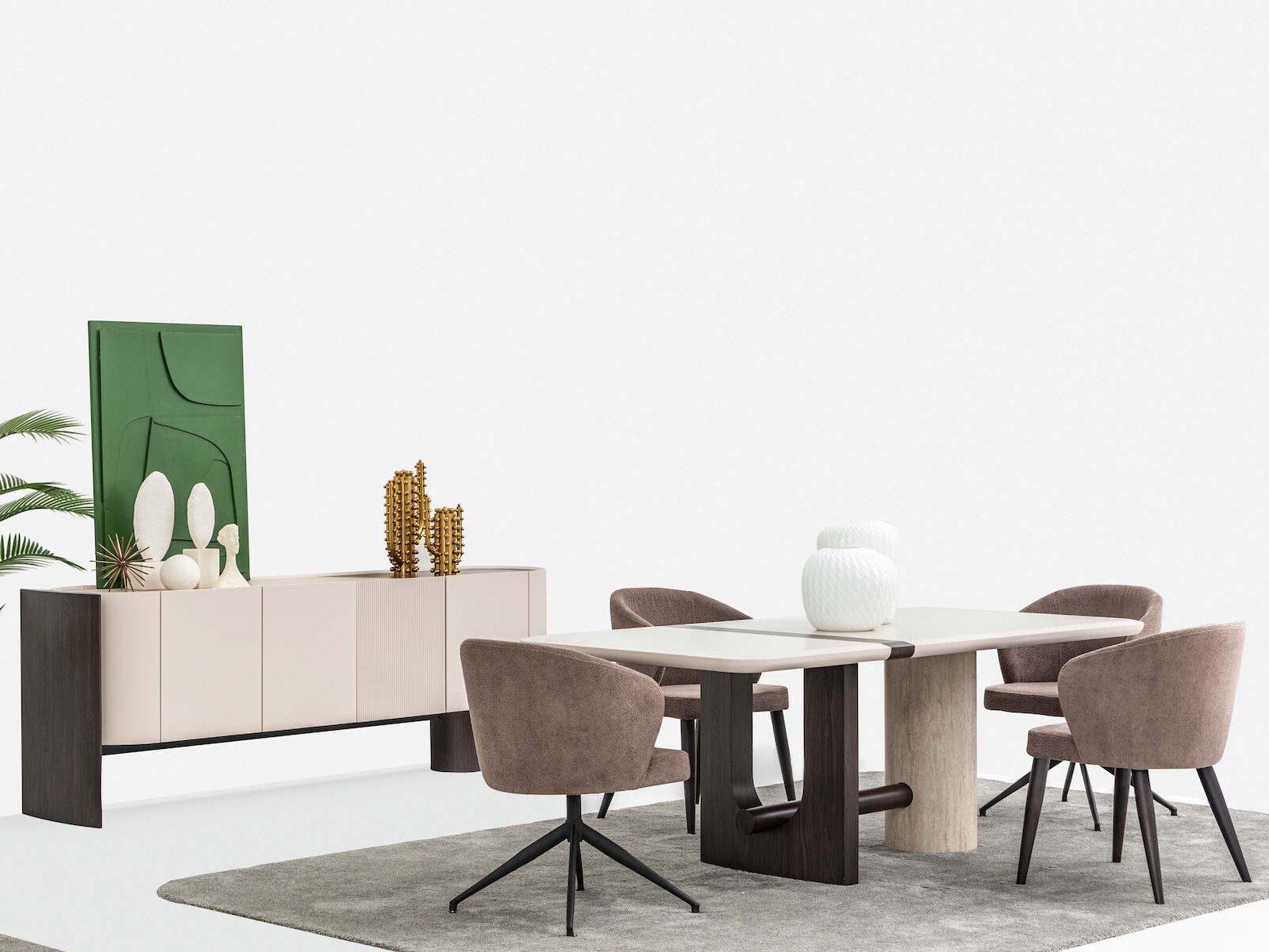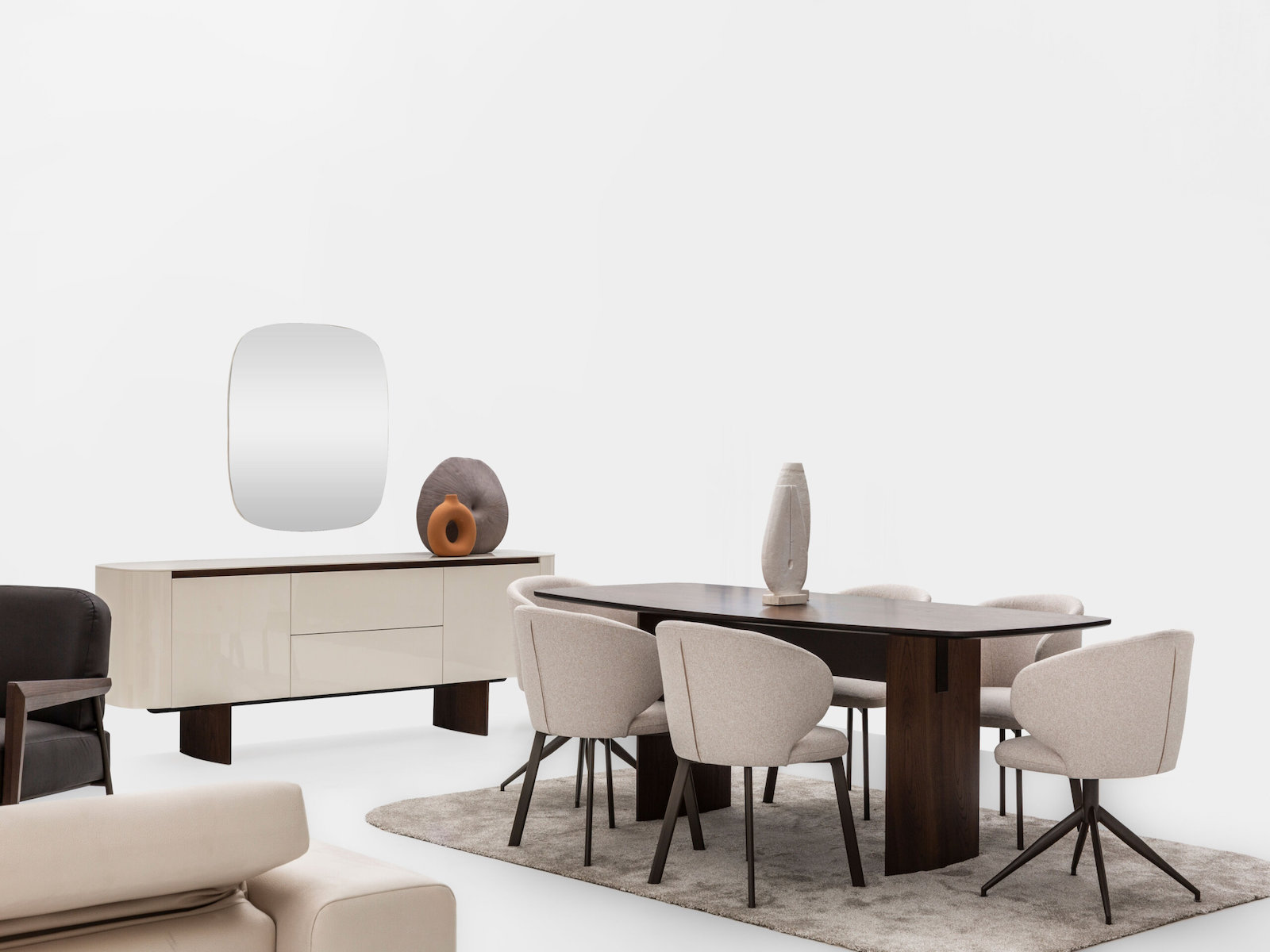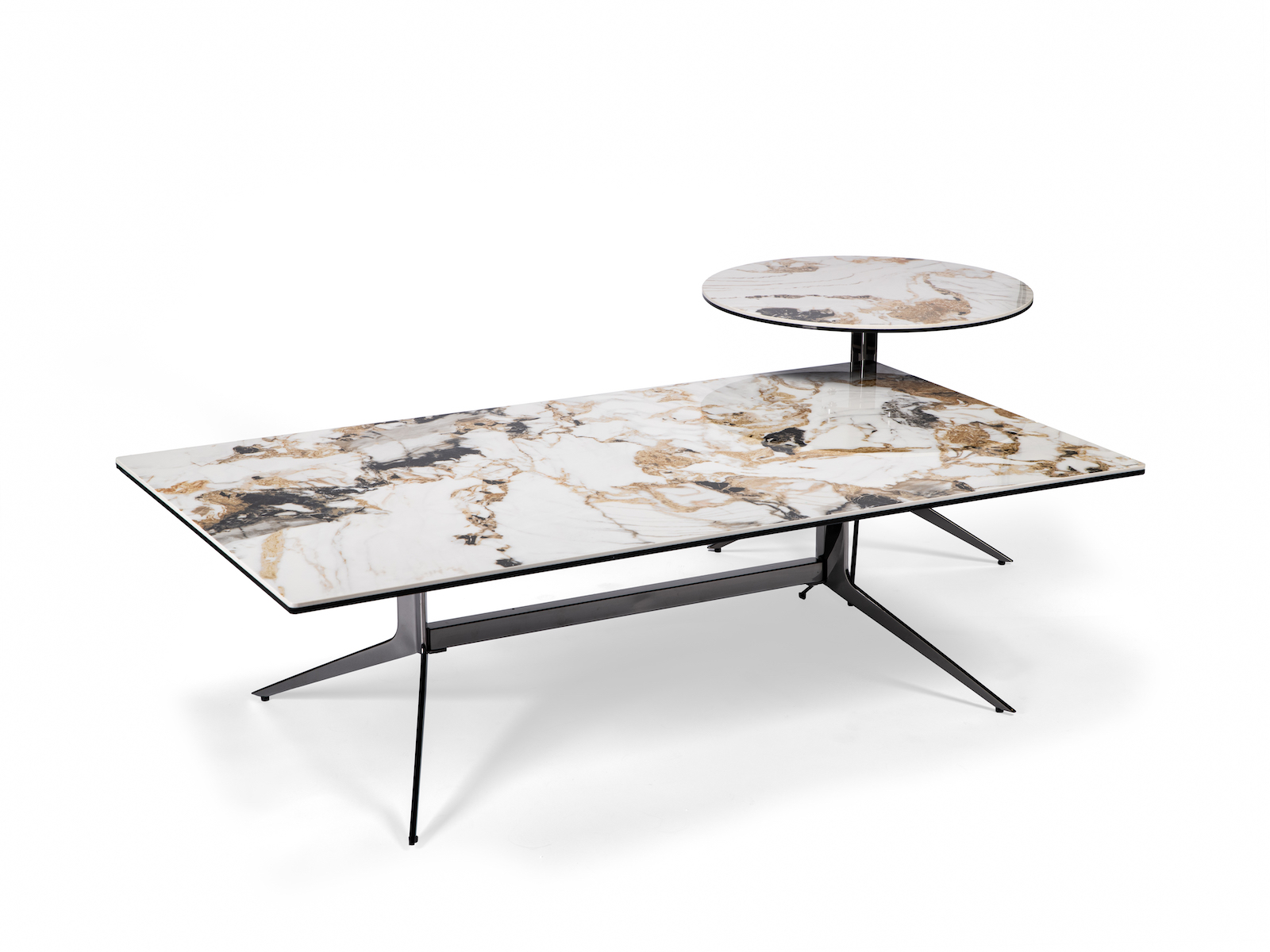Advantage Credit
Price Match
Finance
Customer Service
What is the difference between a sofa and a divan?
What is the difference between a sofa and a divan?
Sofas and divans are both pieces of furniture that are designed for seating, but there are some key differences between the two.
Sofas
- Sofas are typically upholstered pieces of furniture with two or more seats, a backrest, and arms.
- They can be made from a variety of materials, including wood, metal, and fabric.
- Sofas can be found in a variety of styles, from traditional to modern.
- They are often used as the main seating in a living room or family room.
Divans
- Divans are also upholstered pieces of furniture, but they typically have a lower backrest and no arms.
- They can be found in a variety of shapes and sizes, including single-person divans, double-person divans, and even corner divans.
- Divans are often used as a bed or as a sofa bed.
Here is a table summarizing the key differences between sofas and divans:
| Feature | Sofa | Divan |
|---|---|---|
| Backrest | High backrest | Low backrest or no backrest |
| Arms | Yes | No |
| Seating capacity | 2+ | 1+ |
| Use | Sitting, reclining, sleeping | Sitting, reclining, sleeping |
| Style | Traditional, modern | Traditional, modern |
Which is right for you?
The best choice for you will depend on your needs and preferences. If you are looking for a comfortable place to sit and relax, a sofa is a good option. If you are looking for a piece of furniture that can also be used as a bed, a divan is a good choice.
No matter which type of furniture you choose, make sure to measure the space where you want to put it to make sure it will fit. You should also consider the style of your home and the other furniture in the room when making your decision.
Here are some additional tips for choosing the right sofa or divan for your home:
- Consider the size of your space. Make sure the sofa or divan you choose will fit comfortably in the space where you want to put it.
- Think about the style of your home. Choose a sofa or divan that will complement the other furniture in your home.
- Consider your needs. Do you need a sofa or divan that can seat a lot of people? Do you need a sofa or divan that can be used as a bed?
- Set a budget. Decide how much you are willing to spend on a sofa or divan.
With a little planning, you can choose the perfect sofa or divan for your home.



























